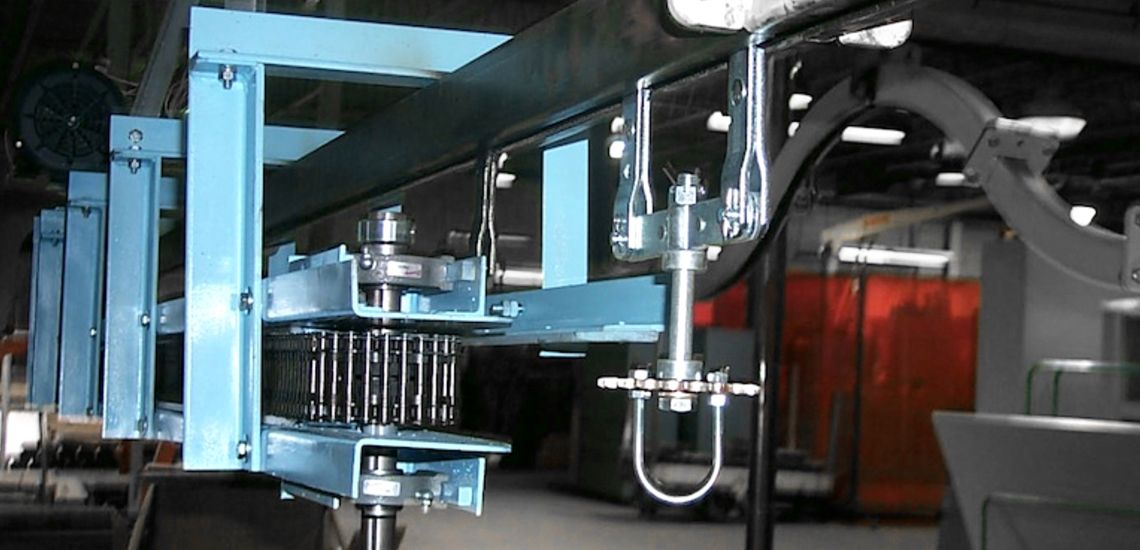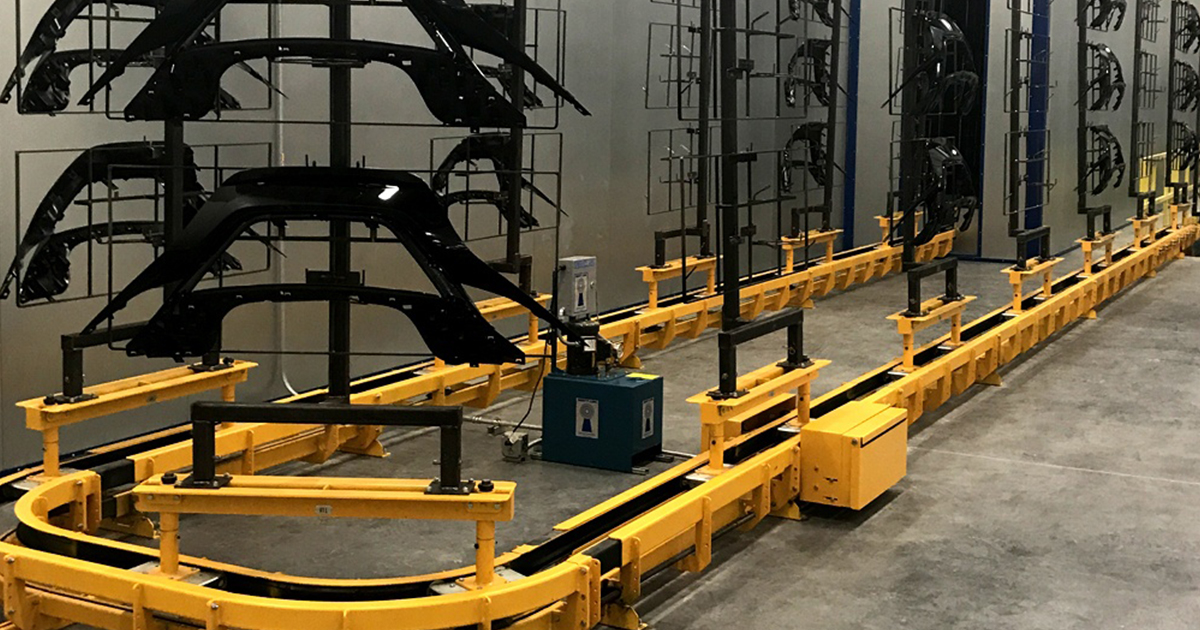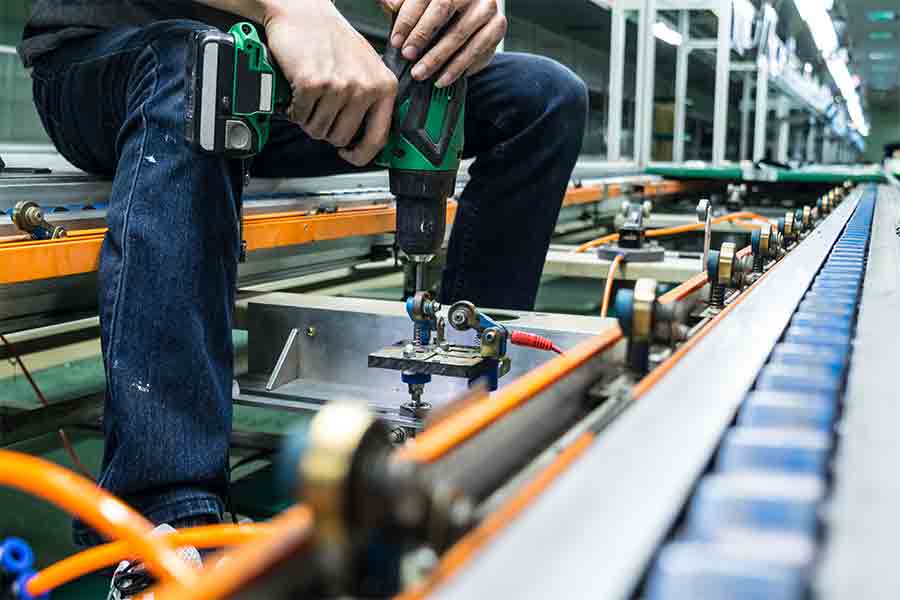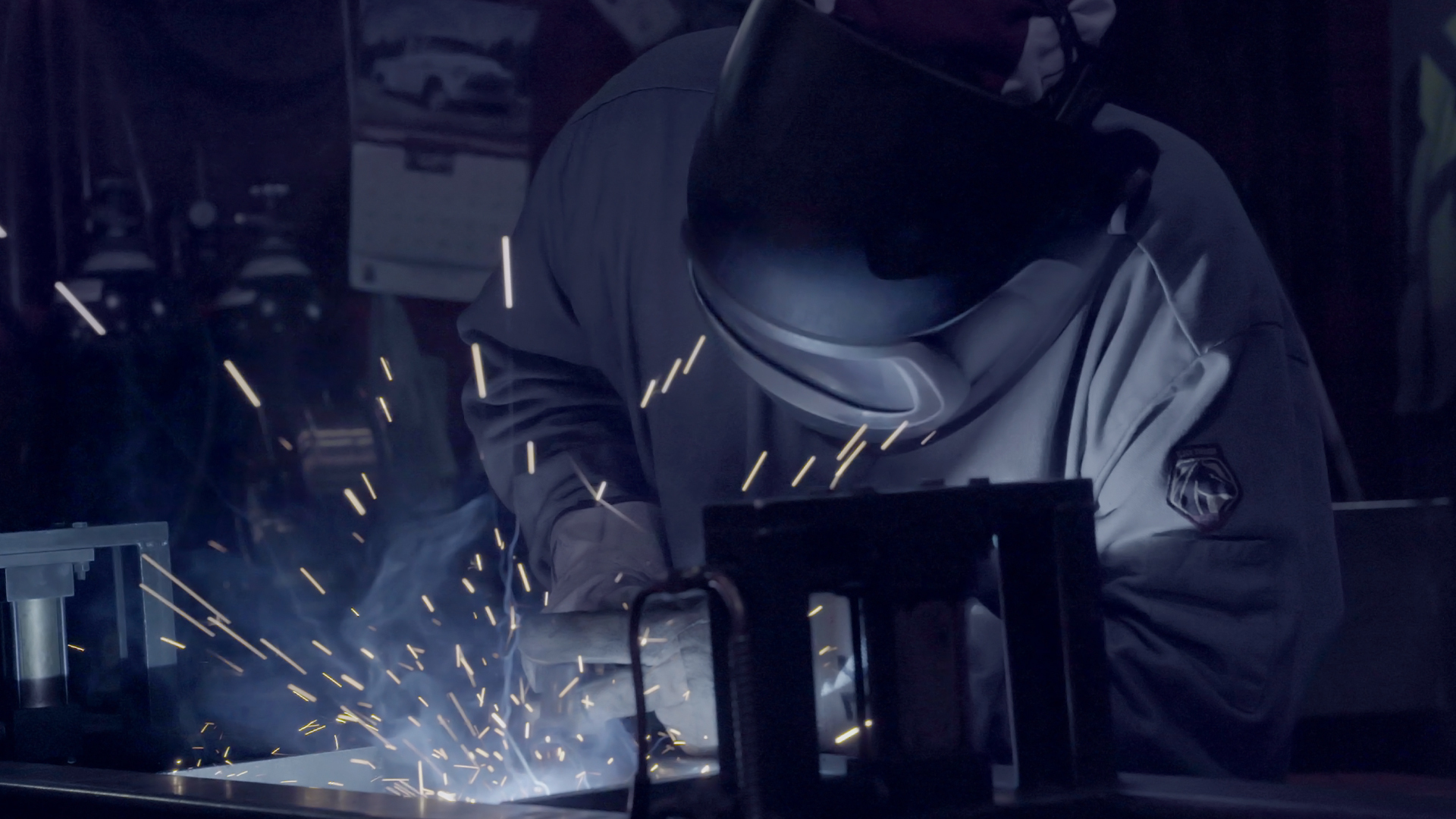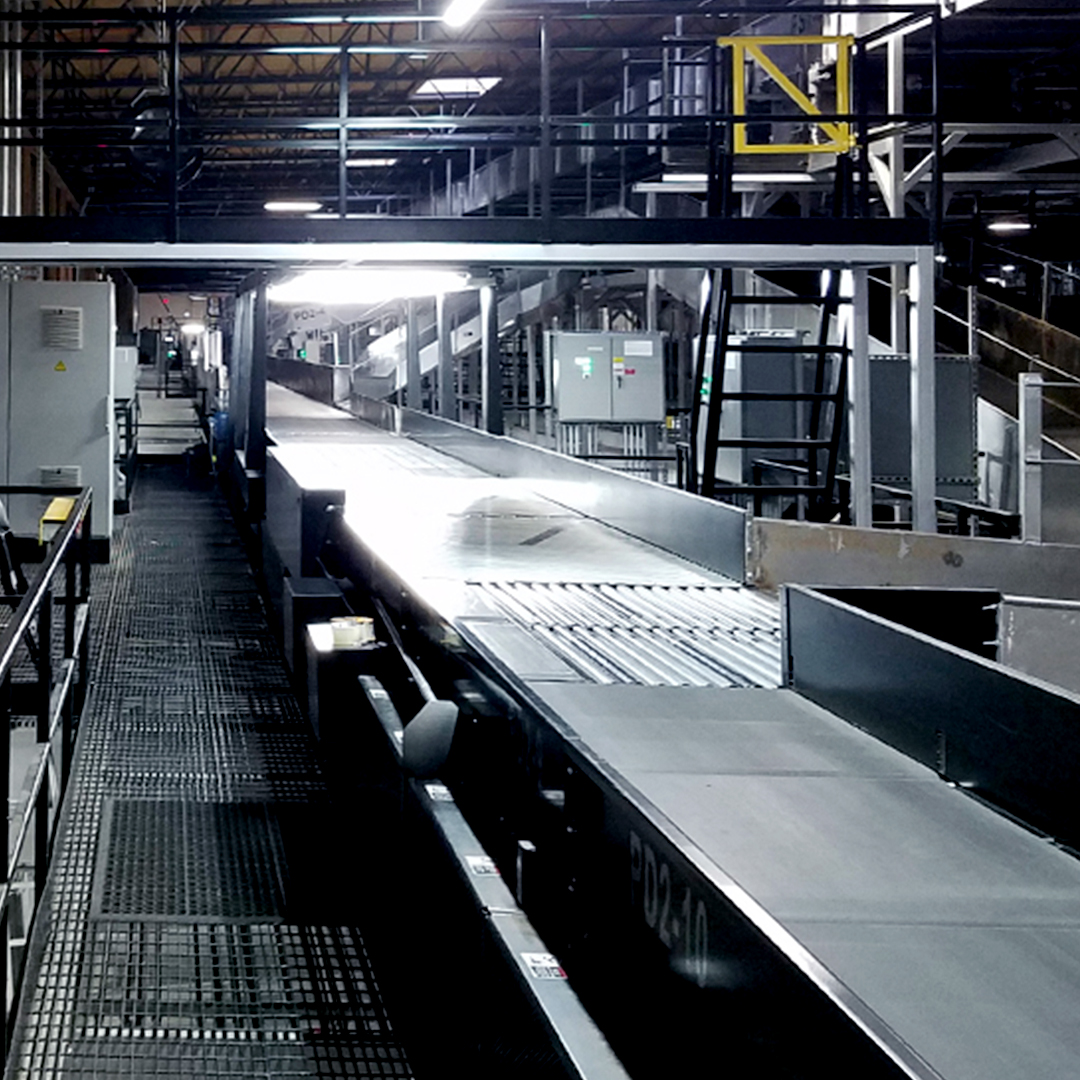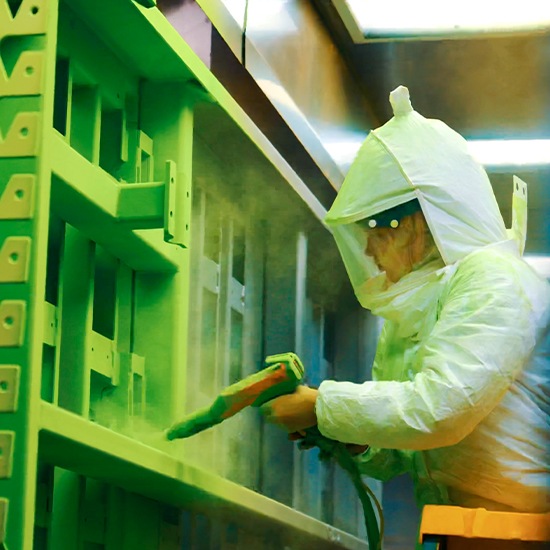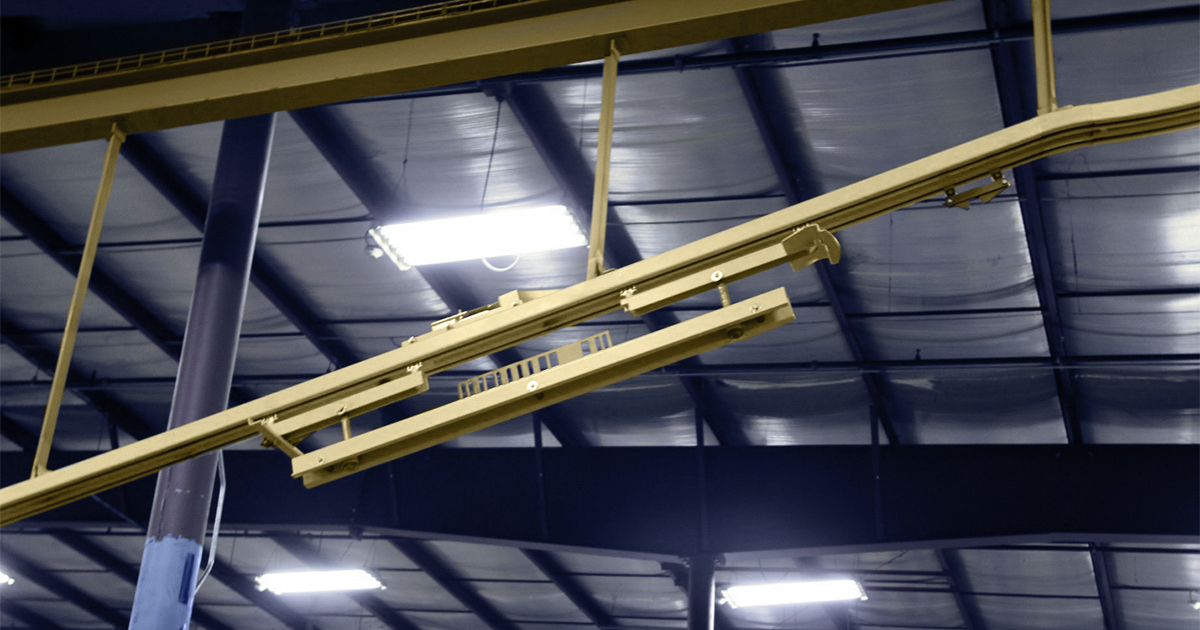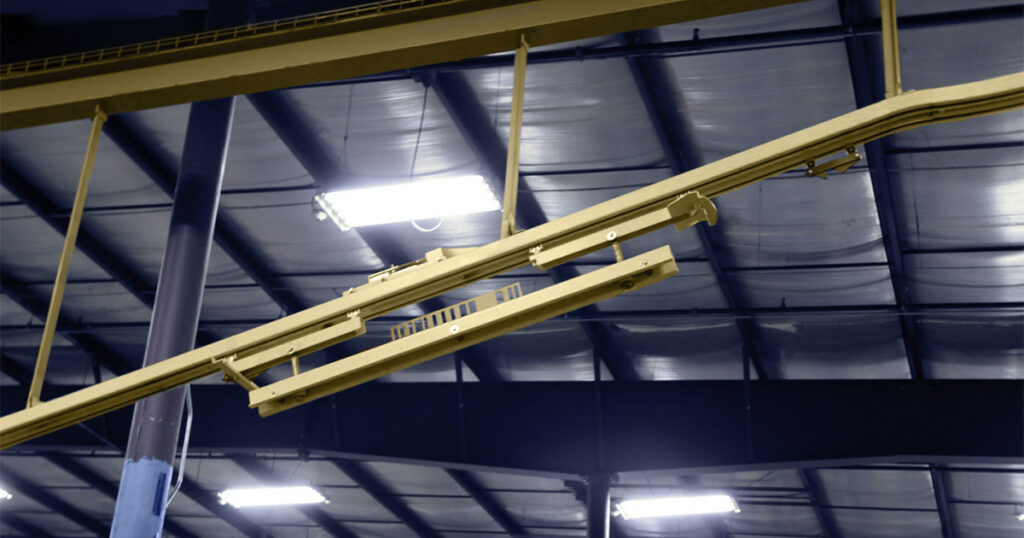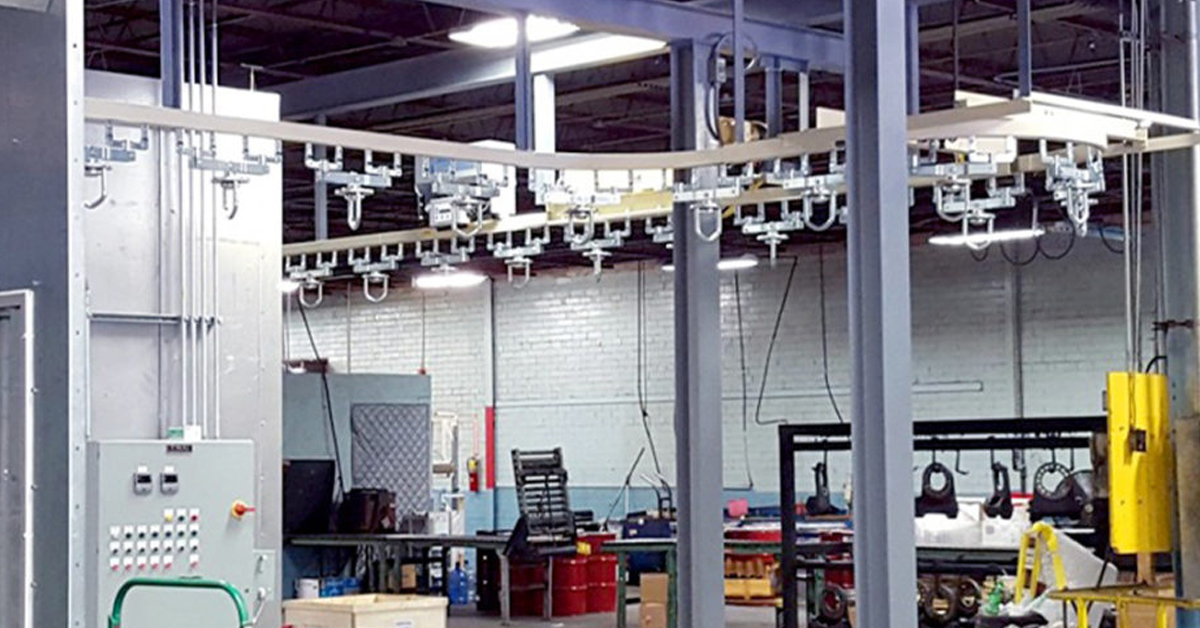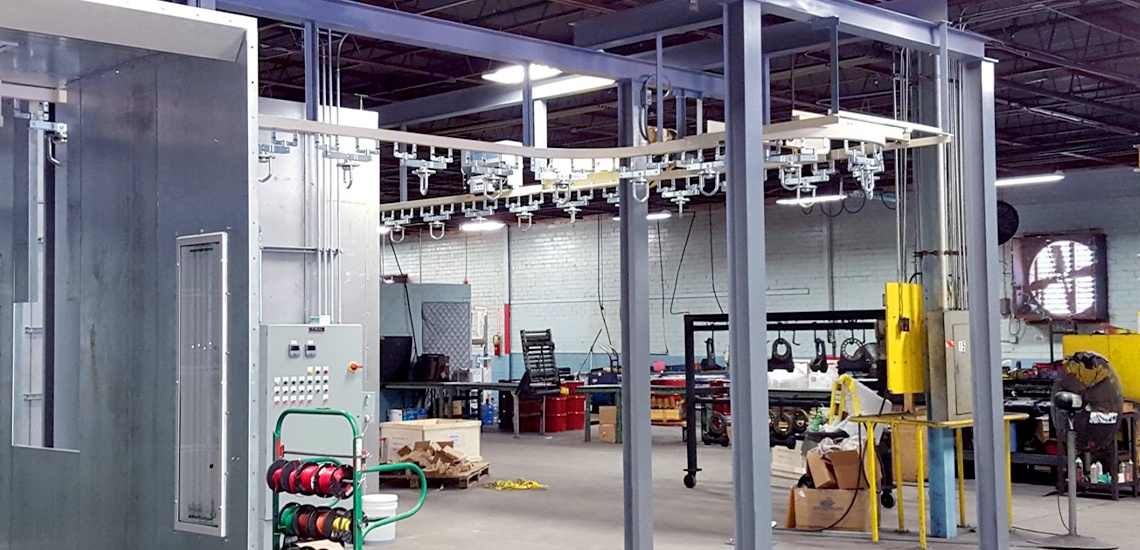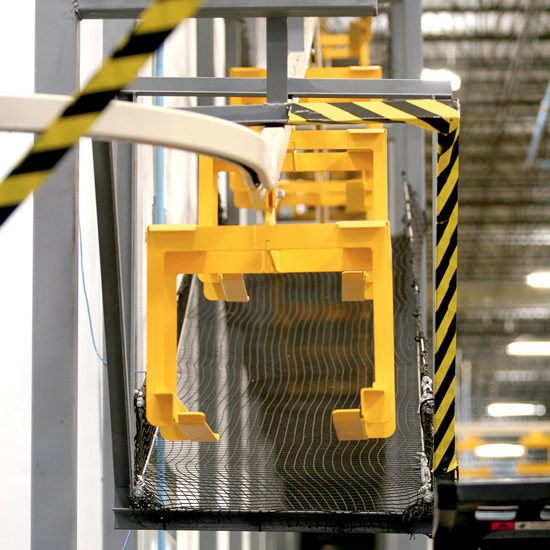
In 2023, global retail e-commerce sales reached a new record, bringing in an estimated $5.8 trillion. As e-commerce becomes increasingly prevalent in modern society, businesses are pressured to keep up production output (and quality).
Conveyors play a critical role in e-commerce production, enhancing the efficiency, accuracy, and scalability of fulfillment center operations. While old conveyor systems relied predominantly on mechanical movement, modern conveyor systems, such as those from Richard-Wilcox Conveyor, combine robotic integrations to meet higher demands without compromising on quality.
By seamlessly integrating advanced technologies, conveyors can enhance speed and adapt to meet dynamic e-commerce fulfillment needs.
E-commerce Challenges
As the e-commerce industry has experienced a surge in popularity, businesses face unique challenges. Many of these challenges are based on inventory management, order accuracy, and meeting growing fulfillment needs.
For example, inventory management complexities arise as the production line deals with overstocking or understocking products, thereby failing to meet consumer needs in real time. Order accuracy is another challenge impacting customer satisfaction.
As instant gratification has become increasingly prevalent in modern society, fulfillment speed has become a significant consideration for businesses. Customers expect speedy and efficient order processing and delivery, but not all systems are equipped to meet these demands.
Conveyors assist throughout various stages of the fulfillment center. For example, they help merge, divert, and sort products while managing accumulation systems and rejects. They assist with inspection and testing, as well as handling products of various shapes and sizes.
Strategic use of advanced conveyor systems addresses these challenges by automating processes, optimizing flow, and streamlining fulfillment.
Efficiency
Speed and efficiency during fulfillment are only valuable if there are no errors. Advanced conveyors reduce manual labor (and human error) while streamlining order processing.
Streamlining order processing
E-commerce businesses offer same-day or next-day delivery as a competitive advantage, a perk that demands efficient and streamlined order processing.
Conveyors help businesses offer convenience and fast delivery to boost customer satisfaction and foster loyalty. By automating the movement of goods within fulfillment centers, conveyors remove the need for manual transportation. The process optimizes workflow and minimizes bottlenecks.
Reducing manual labor and human error
Through automation and technology, conveyors remove the need for labor-intensive tasks such as manual picking, sorting, and transporting items. Reducing manual effort lowers labor costs, decreases the risk of injury, and minimizes incidences of human error.
For example, conveyors that integrate with sorting technologies make it easier to track and route items, thereby reducing the chance of misplacements and shipping discrepancies.
Integrating technologically advanced conveyors leads to more efficient and error-resistant fulfillment processes, thereby enhancing operational productivity.
Meeting Higher Demand
Scalability, adaptability, and productivity are all key considerations for e-commerce companies that position themselves for future growth, ensuring that they are able to meet higher demand. Conveyors help achieve these goals through automation and integrating technology.
Scalability of conveyor systems
Scalability is one of the most common challenges experienced by e-commerce companies (45%), making it difficult for businesses to effectively handle capacity — and that’s where conveyors make a difference.
Conveyors provide an affordable solution for scaling operations. The modular design allows for incremental expansion, meaning that companies can grow operations without expensive investment in infrastructure.
Scalable in nature, conveyors can integrate additional modules and technologies to accommodate increased order volumes. Increased output is achieved with little to no disruption to operations, ensuring growing customer demand is met effectively.
Fluctuating demand
Demand for products surges through certain seasons, such as Black Friday and the holiday season, and e-commerce businesses must meet the fluctuating demand to maintain customer loyalty and fulfill orders.
The modular and scalable design of conveyors allows businesses to meet the rapid increase of demands during peak seasons, with the option to return to baseline once the rush is over.
Order fulfillment
Intelligently designed conveyor systems help with effective order fulfillment within distribution centers.
Take the distribution conveyors from Richard-Wilcox Conveyor as an example of how our systems assist with order fulfillment. As an assembly line conveyor system, our distribution conveyor offers a reliable and intelligent solution for retail, order fulfillment, tote handling, delivery, stock warehousing, and trash removal.
With space-saving overhead configuration and multiple load and unload points (among other features), our distribution conveyor helps businesses meet fluctuating demands and scale operations efficiently.
Robotic Integrations
Taking advantage of technology, conveyors that use robotic integrations enhance e-commerce order fulfillment and improve accuracy and efficiency through automation.
Automation of conveyor systems
Robotic integrations have revolutionized conveyor systems by offering automation. Robotic systems are effective in handling various tasks throughout the fulfillment process, including picking, sorting, packaging, and shipping.
Automation is a significant advantage when using conveyors with robotic interfaces, as work can be achieved around the clock without depending on manual labor.
Role of robotics for efficiency and precision
E-commerce is a dynamic industry, and order fulfillment needs to be adaptable while prioritizing efficiency and precision during the fulfillment process.
Robots are equipped with effective technological innovations to achieve this goal. For example, robots use advanced sensors and algorithms for efficiency and precise inventory management, packing, and sorting.
Robotic integration with conveyor systems ensures a smooth flow of goods, maximizes the use of space, and minimizes the risk of errors. Improving the efficiency and accuracy of e-commerce orders directly impacts customer satisfaction (and encourages repeat business).
Richard-Wilcox Conveyor Systems for E-Commerce
At Richard-Wilcox Conveyor, we offer high-performance conveyor chain applications that meet the dynamic needs of e-commerce businesses.
Our conveyor solutions are strong and reliable, offering less downtime and more uptime. In addition to offering efficiency, scalability, and automation, our conveyors are also ergonomic for workers.
With less expensive maintenance and lower total system costs, our conveyor systems help e-commerce businesses boost their bottom line by keeping the customers happy and the operational costs low.
Contact our friendly and professional team to get started with your next conveyor project and benefit from our conveyor systems, which are engineered for evolution.
